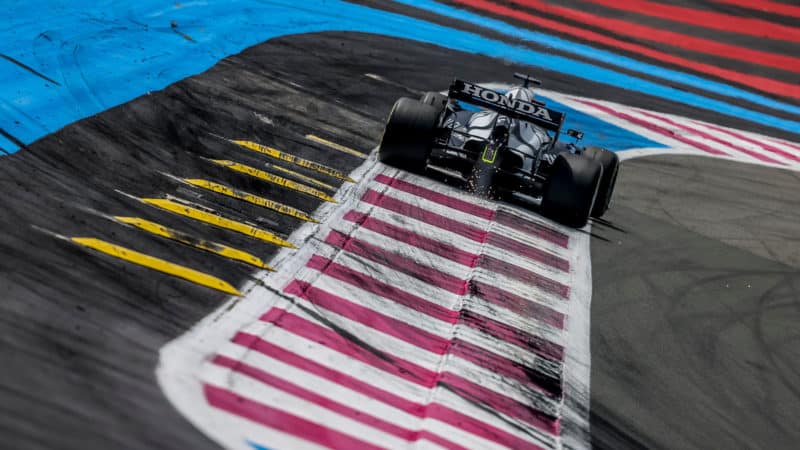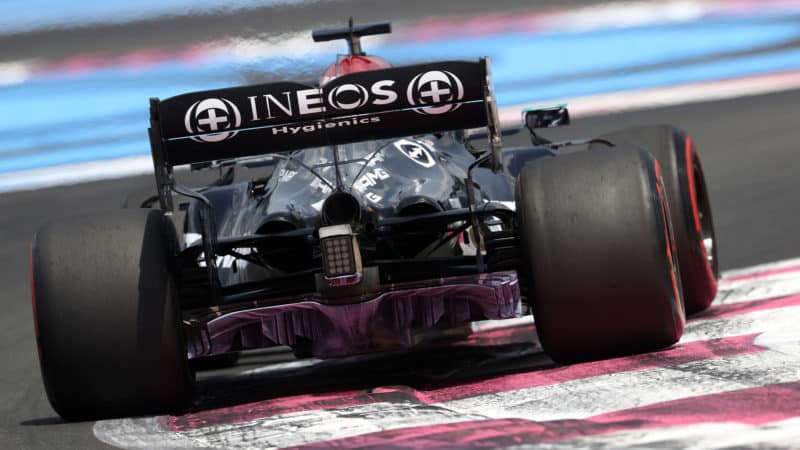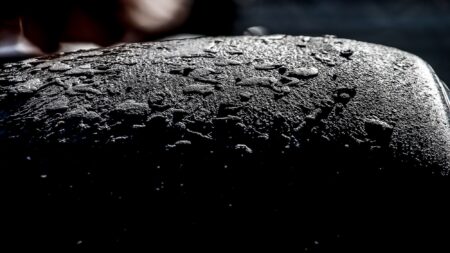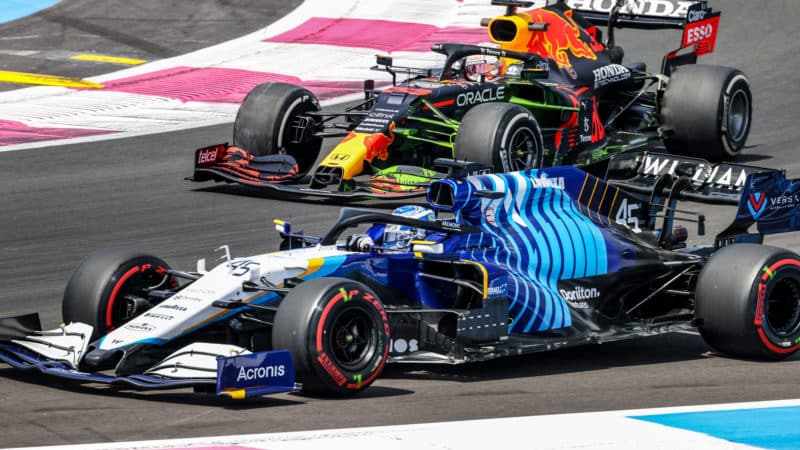Zaffelli detailed the ways in which his team’s reprofiling of the circuit has helped drivers attack the circuit more, as caution is thrown to the wind. “The biggest remodelling we did was between Turns One through to Seven,” he says. “Turn Seven was previously off-camber, on camber, offcamber. Then in 30 metres this changed to on, off, on. We completely took this out, so now it’s totally off-camber.
“It is [now] easier to exit slower from Turn Seven and more difficult to lose the car, but this therefore means you have more confidence to overtake in Turn Eight.”
Zaffelli believes short term memories might be contributing to teams complaints about the “aggressive” kerbs.
“[Maybe it’s] because they don’t remember, as last year F1 was not at Paul Ricard, or perhaps its because they are used to other the tracks that are more gentle on the kerbs,” he comments.
Like the high abrasion off-circuit asphalt, the design of the heavy kerbs is unique to Le Castellet.
They are known as ‘Gurdjians’ in the circuit design industry, named after Phillipe Gurdjian, the former race driver and motor sport promoter, who took over the circuit to turn it into it the ‘Paul Ricard High Tech Test Track’.

Bottas has been taking an alternate line to Hamilton – Mercedes engineers have been exploring the opportunities the new surface offers
CHRISTOPHE SIMON/AFP via Getty Images
“Paul Ricard is different in many respects to other circuits,” Zaffelli says. “When we became involved in the beginning, the idea of improving overtaking was proposed, but we tried to make subtle differences and modification rather than big ones [such as changing kerbs].”
One of the changes with the most obvious knock-on effects of Zaffelli’s redesign is the new ‘crown’ (a slight bump) installed at Turn Five.




